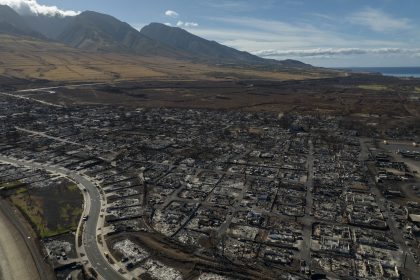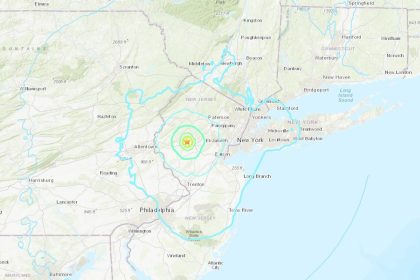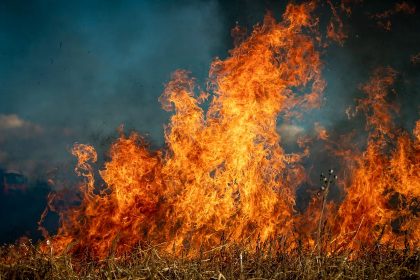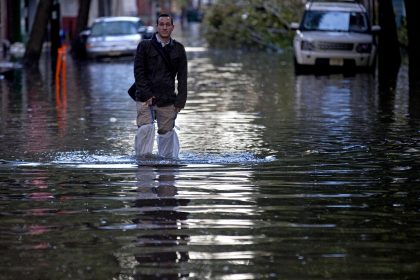Senate Told Growing Wildfire Threat Needs New Strategies
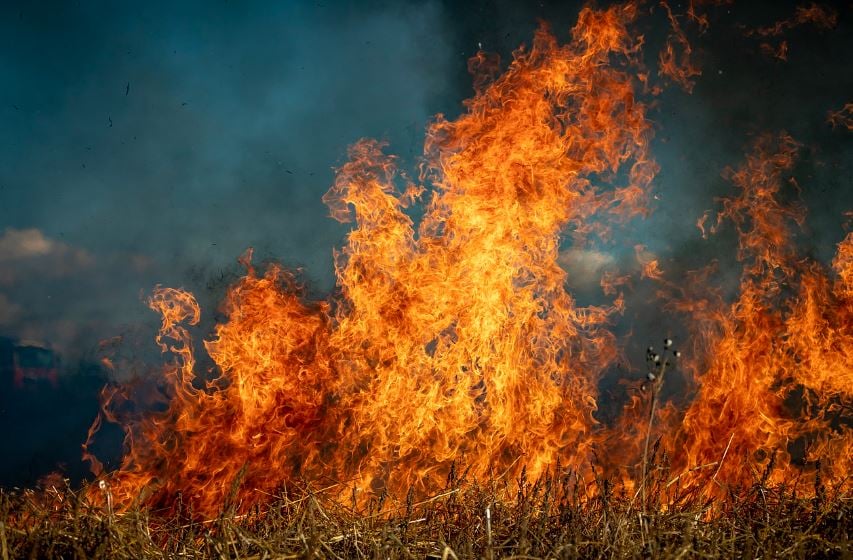
WASHINGTON — The number of wildfires driven by climate change has grown but the U.S. effort to control them has not, according to emergency response officials at a Senate hearing Thursday.
At least not fast enough to prevent disasters like the fire that ravaged Maui in Hawaii last August and killed 101 of its residents.
The Senate Homeland Security Committee held the hearing to review recommendations in a new U.S. Fire Administration report.
In essence, the report suggested shifting from a strategy of reacting to wildfires to preparing ways to stop them.
“Only by putting significantly more focus and resources toward proactive pre-fire and post-fire planning and mitigation can we break the current cycle of increasingly severe wildfire risk, damages and losses,” the agency said in a press release about its report.
The revised strategy should include more aerial firefighting, controlled burns to prevent wildfires from spreading, removing flammable underbrush and temporary housing for persons displaced by fires, the report said.
Aerial firefighting, also known as waterbombing, uses aircraft to drop flame retardants on flames and smokejumpers who parachute into areas near the blazes.
David W. Fogerson, chief of emergency management for Nevada’s Public Safety Department, told the Senate panel the U.S. government should plan for wildfires the same way it plans for hurricanes.
Before hurricanes make landfall, the Federal Emergency Management Agency sets up emergency operation centers that position personnel and equipment to mitigate damage in areas about to be hit hardest.
“Emergency operation centers are open with a mindset to protect a whole community and partners come together,” Fogerson said. “Our nation’s response to wildfire is quite different.”
Emergency response officials discussed Lahaina, Hawaii, as an example of inadequate planning and preparation.
About 5,400 residents of the destroyed town remain displaced after last August’s fire. Damage is estimated at $6 billion.
Nationwide, wildfires burned 2.7 million acres and destroyed 4,318 structures in 2023, mostly residences, according to the National Interagency Fire Center. The worst property damage was in Northern California.
This year meteorologists are saying wildfire risks are slightly higher because of a relatively dry winter.
Among the report’s 150 recommendations, it suggested government financial incentives to build infrastructure that can withstand fires. It also said there is a need for a permanent workforce assigned to reduce fire risks and to help communities recover from them.
The report acknowledged more taxpayer money would be required for its plans but added that the savings would be greater by preventing the worst of the disasters.
The Senate hearing was convened by Sen. Mitt Romney, R-Utah, who helped establish the Wildland Fire Mitigation and Management Commission. The commission was created in 2021 with funding from the bipartisan infrastructure law to make policy recommendations to Congress.
Romney said that “more and more states are being affected by wildfires. It’s not just a few states of the American West as we sometimes think is the case.”
The outlook is not good without updated intervention techniques, said Christopher P. Currie, director of Homeland Security and Justice for the Government Accountability Office.
“The first point is that the current federal system hasn’t really caught up to the modern threat of wildfires,” Currie said.
He added, “The current system focuses on suppression and mitigation in rural and federal lands. And what we’ve seen is that wildfires are now affecting very populated areas over the last 10 years.”
You can reach us at [email protected] and follow us on Facebook and X.



















